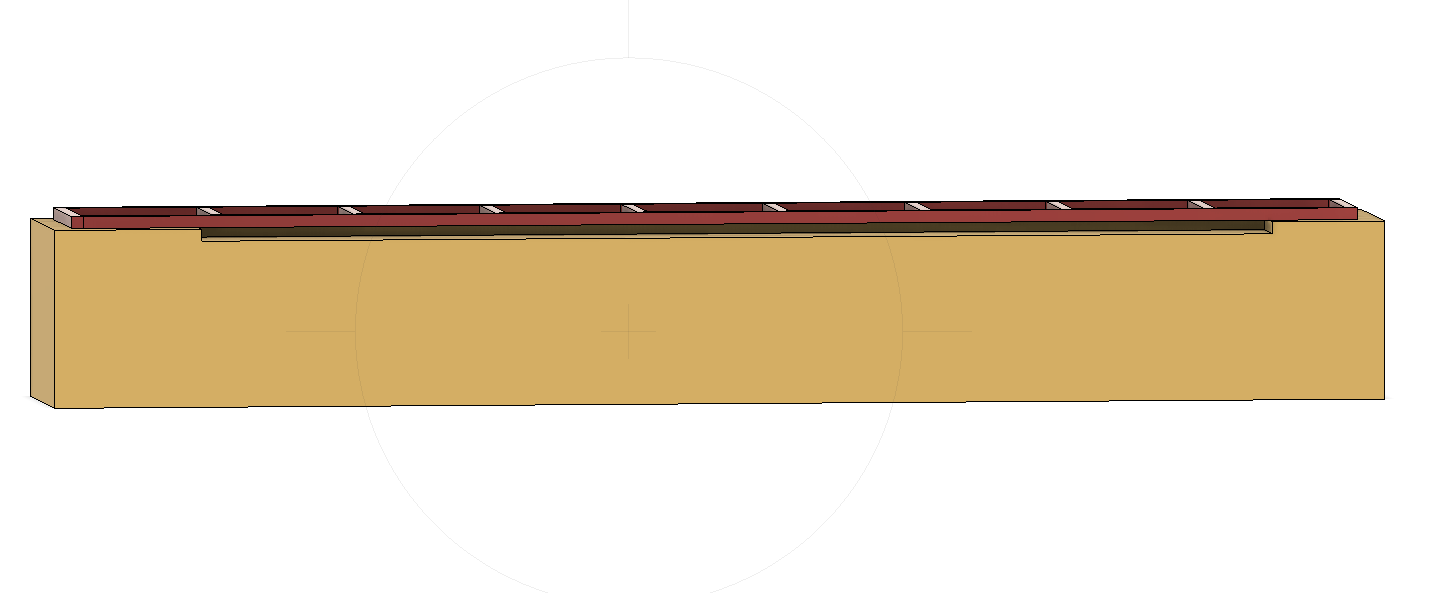For HSS $2"$ x $2"$ x $1/8"$, $E = 29000 ksi, Ix = 0.486 in^4$
Assume uniformly distributed load. Let $w = 500 lbs/15 ft = 33.33 plf$, round up to $40 plf$ to include misc. weight.
$\Delta = 5*w*L^4/384*E*I = (5*40*15^4*12^3)/(2*384*29*10^6*0.486) = 1.616"$
$\Delta \approx L/111, NG(*)$
(*) Range of usual deflection limits:
As noted above, depending on the nature of the given load, the deflection limit varies.
Since the deflection of your beam has exceeded the lowest limit, you need to determine a deflection limit according to the type of load, and that is suitable for your application.
(Note: Adding the cross bar does not add beam stiffness. You need a stronger beam)
As an example, assume $L/180$ governs, let's see what size of beam will satisfy it:
$I_{new} = I_{old}*(L/111)/(L/180) = 0.486*(180/111) = 0.788 in^4$
- HSS $2"$ x $2"$ x $5/16", I = 0.815in^4, OK$
However, as the new tube is almost twice as heavy as the original tube, you need to re-check the deflection with the modified load.
Also, don't forget to check the flexural stress: $f_b = M/S <= 0.66fy$,
where $M = w*L^2/8$.



